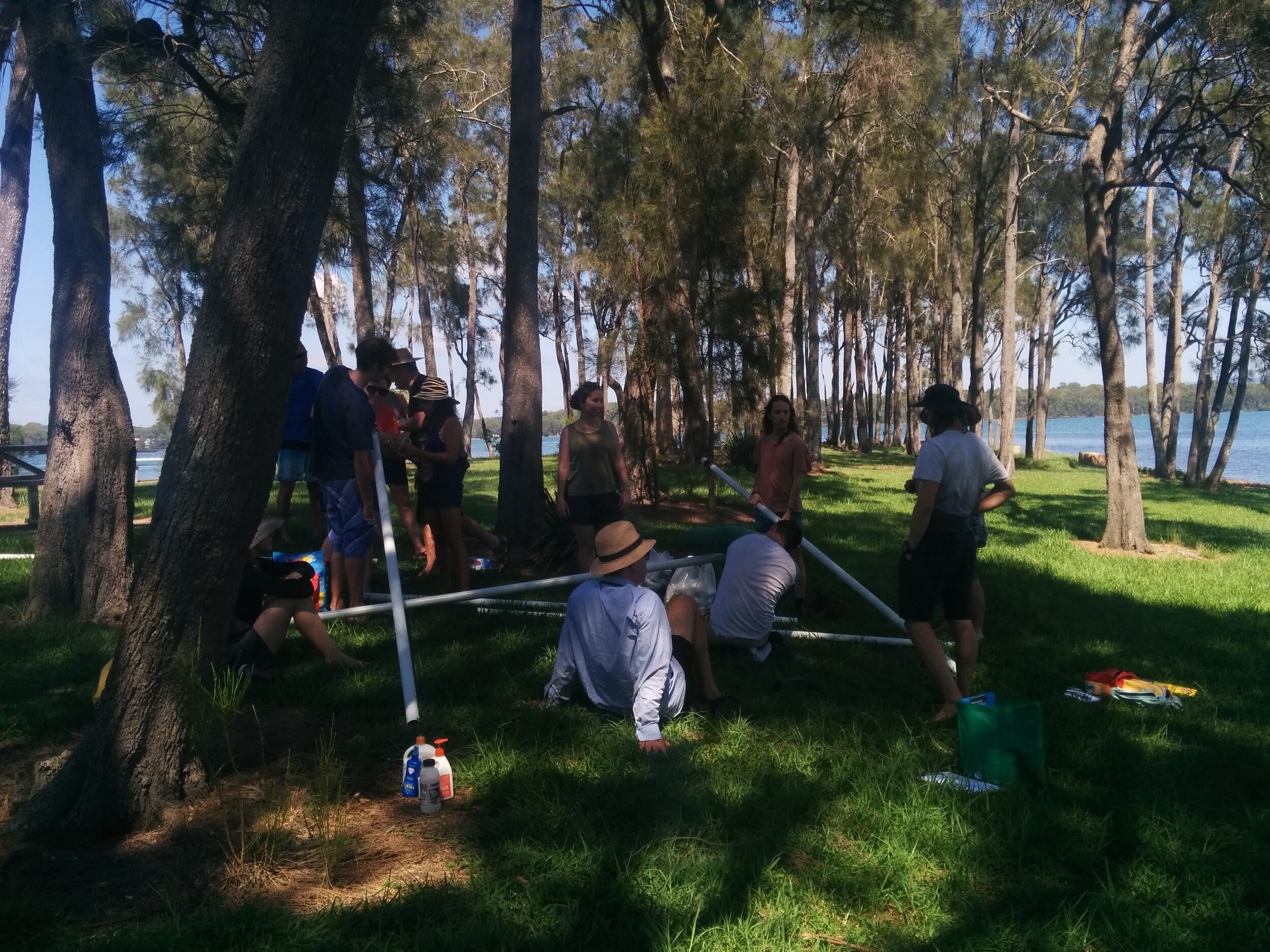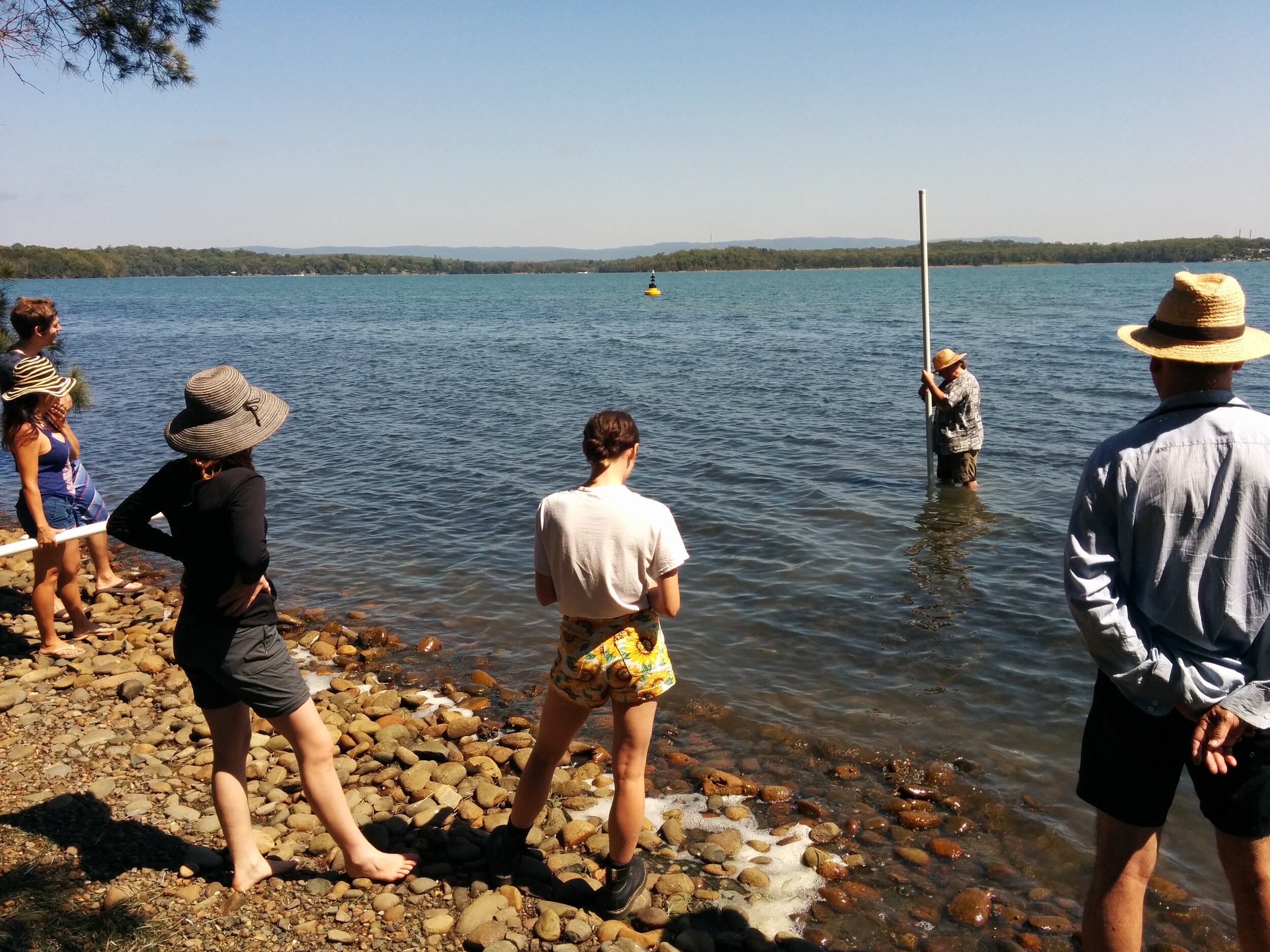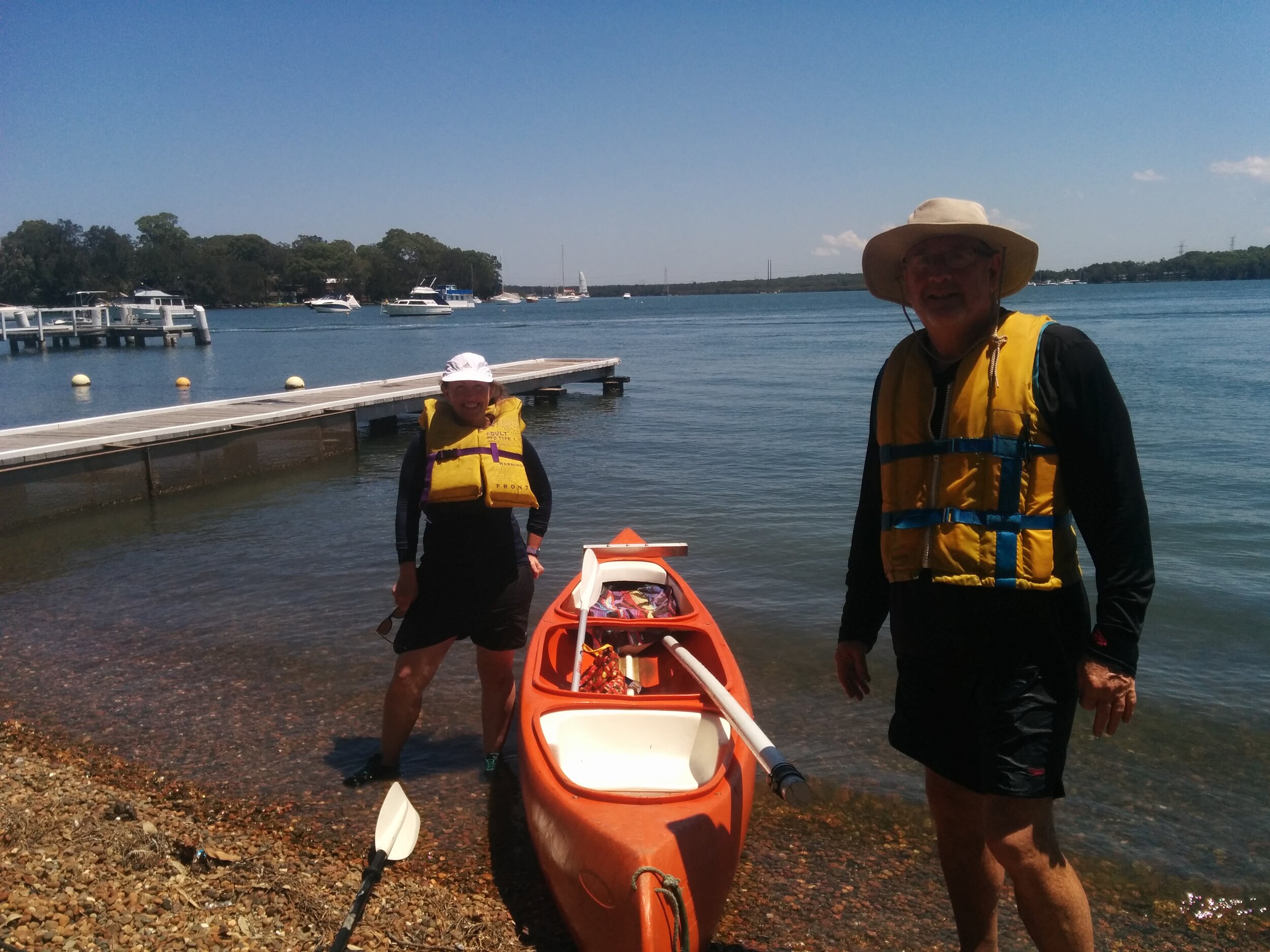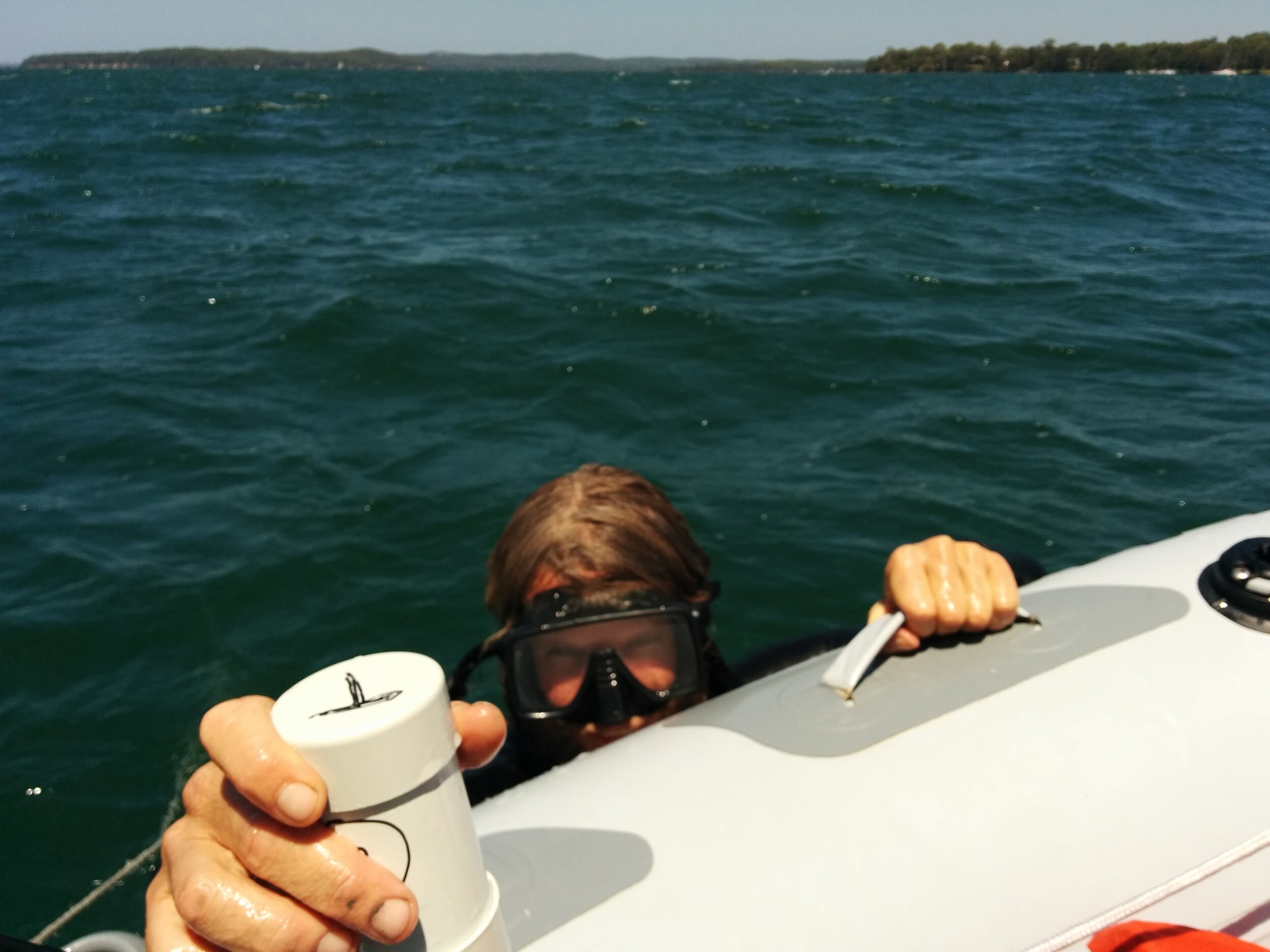Take part in a day of citizen science to help us investigate the impacts of coal-fired power stations on Lake Macquarie and support our campaign to clean up coal-power pollution
Why sediment?
Sediment sampling is a straightforward method of identifying ecosystem pollutants.
Leachate from coal-ash dumps at Vales Point & Eraring power stations is increasing the risk of bioaccumulation in the ecosystems food-chain.
Our own research and Government studies have confirmed that harmful heavy metals are present in the bodies of commonly-caught aquatic species including fish and crabs in Lake Macquarie.
Our previous sediment sampling in Mannering Bay, adjacent to the Vales Point power stations ash dam, revealed that since the power station was commissioned heavy metal levels spiked with cadmium concentrations in sediment increasing by a factor of x15, copper x12, zinc x10, selenium x10 and lead x4.
Why seagrass?
We are investigating the impacts of thermal pollution on the lake ecosystem, including the distribution of seagrass, fish and their larvae.
Our report detailing our findings and calling upon the NSW EPA to revoke Special Conditions that allow Eraring & Vales Point to discharge water above the specified temperature limits for hundreds of additional hours per year.
Complete the RSVP form to receive direct updates and an invite to a short online briefing on sediment collection methods
HCEC will provide the equipment, information and know-how to collect sediment samples on the day.
Kayaking may be required but some samples can be collected from the shoreline, in about knee-depth water.
Bring along any underwater photography equipment or water-proof phone cases you might have to snap seagrass shots.
We'll host a BBQ afterwards at a central point for all participants.
